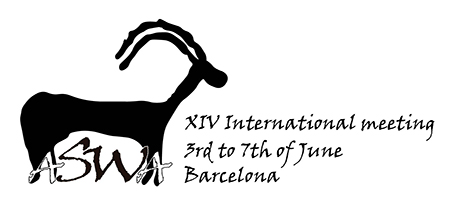As part of the the Life History of Theban Tomb project led by the University of Basel, an archaeozoological analysis was performed on ca. 550 faunal remains collected during excavations in the funerary chapel of Mery (TT95A) and its adjacent burial substructure (TT95B), both cut into the hillside of Sheikh ‘Abd el-Qurna on the Westbank of Luxor, Egypt. Four main use phases of the complex were identified on the basis of the archaeological finds: the 18th Dynasty (mid 15th century BC), when the tomb complex was built and used for interments for the first time, the Third Intermediate and Late Period (9th – 6th century BC) when its funerary structures were reused, and the subsequent occupation of the tomb complex in the Coptic Period (6th to 9th centuries AD) and in Modern times.
Since all structures of the Theban tomb were severely looted, the faunal assemblage recovered was mixed and did not derive from clearly separated chronological layers. Consequently, a taphonomic analysis was undertaken of the faunal remains to determine whether this type of examination could help in separating them by period. Features examined (per species) were skeletal element representation, bone fragmentation, weathering, coloration and presence of gnawing marks or anthropogenic damage (cut marks, burning, resins deposit etc.). These data have enabled the distinction of at least four different events dating to different periods of use of TT95, associated with different agents and functions. This division was confirmed by the spatial distribution of the animal remains: (1) the funeral animal offerings associated with 18th Dynasty burials in substructure TT95B, (2) the later culinary remains of the Coptic monks who inhabited the funerary chapel TT95A, the prey of wild canids who used accessible burial chambers as caves, and, in the late 19th/early 20th century, the skull of a Barbary sheep Ammotragus lervia probably culled for sale by a local Arab family, whose members had made the funerary chapel to their living quarters.

 PDF version
PDF version
